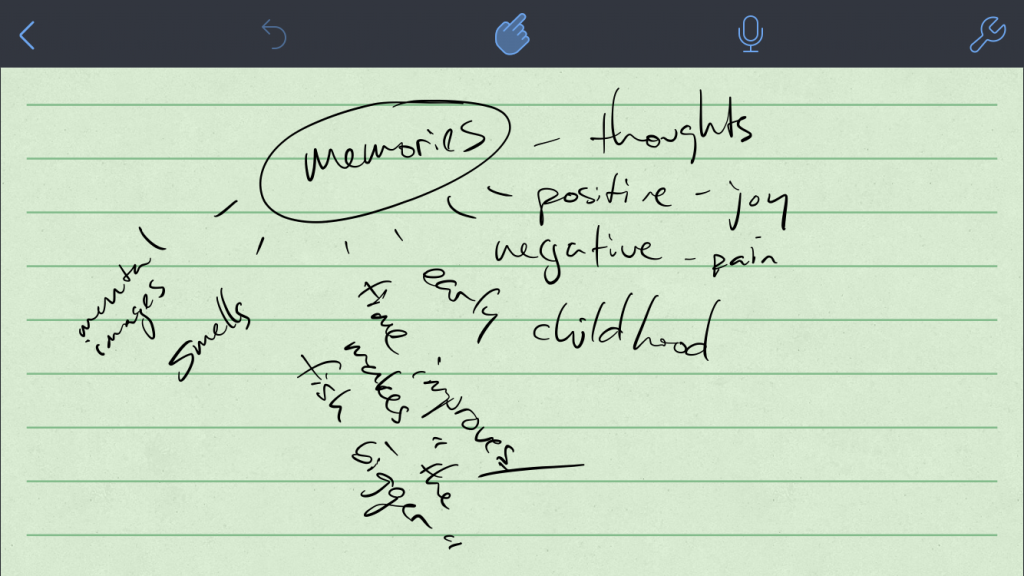Why work on Songwriting in 8 Steps for Speed and Efficiency?
It’s easy to get hung up on one song when songwriting and not think about bulk. I suggest doing both, but the following quick thoughts are encouragement to exercise your skills of writing quickly and working toward:
- Writing many songs
- Writing regularly
- Doing these to refine your process of the craft
Songwriting Quickly
I love Berry Gordy’s factory approach to songwriting. Working in a Ford factory in Detroit gave him the idea of making a songwriting factory.
Berry Gordy sped up his songwriting approach by departmentalizing the following teams: songwriters, performers, recruiters, booking agents, even used an etiquette coach. His phenomenal process and efficiency yielded a lot of charasmatic material and global success.
To learn more about that, consider getting inspired by watching the documentary “Mototown: the Making of Hitsville.”
Songwriting in 8 Steps for Speed and Efficiency
The main idea for this songwriting approach is to keep things streamlined.
Directing songwriting summer camps for a decade gave me a regular opportunity to refine an 8-step system that helped me streamline my process.
Being the music director at Lakehouse Music Academy in Asbury Park, NJ since 2019 and music director at School of Rock in Marlboro, NJ 2011-19 put me in the position of organizing and teaching curricula…and I’d like to share the following quick approach.
8-Step Songwriting Approach
1) Consider a topic and do a quick word association.

2) Get a line or two of lyrics/poetry/thoughts to surface.
3) Use those thoughts to consider a suitable genre.
4) Put a short chord progression together.
5) Allow that progression to spur a melody that couples with that lyric idea.
6) Create contrasting musical parts.
7) Allow a general melody to form against those parts.
8) Consider lyrics that could overlay on the melody.
Bringing Your Song To Fruition (Refinement)
In reality, there are many more conclusive elements to bring a song to fruition. A few elements to mark the finish of the initial quick process include diligence and refinement of the lyrics, settling on chord progressions, and tidying up rhythmic and phrasal hooks. I find it’s very easy to consider every single song writing tool, which for me regularly results in analysis paralysis.
The main point of this eight-step process is to satisfy the craving of writing song parts right now and push yourself to write quickly to swiftly find traction with guttural lyrics, chords, and melodies.
At this point, I try to always recall the McCartney/Lennon 9-5 approach of finishing as much with a song in one day as possible.
When practicing the habit of writing, consider 3 different speed lanes:
- Daily writing & process practice regimen
- Weekly assessment of daily bests
- Monthly completion and setting aside of favorite songs (writing a song a month means an album a year)
